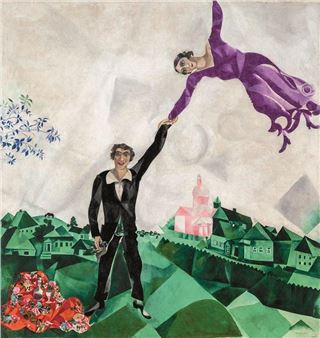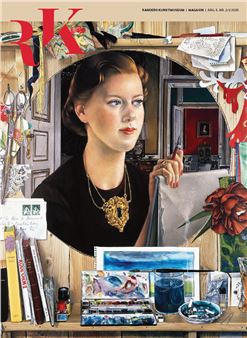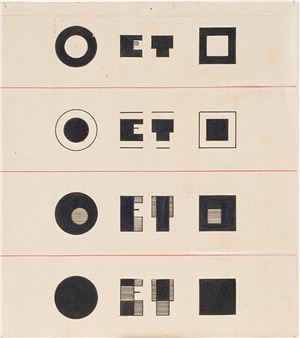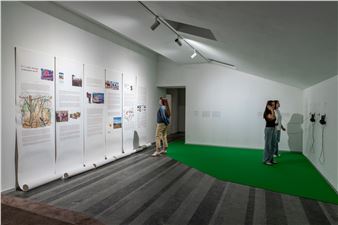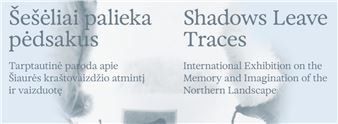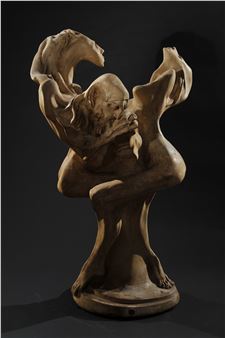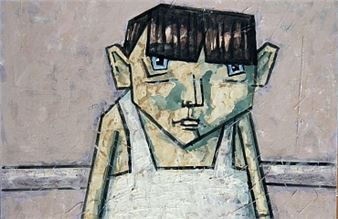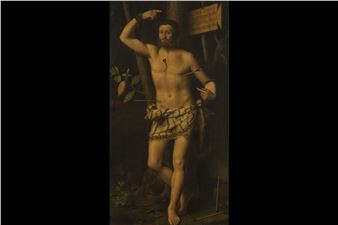Inspired by the Classics: Neoclassicism in Russia
This exhibition is dedicated to Russian Neoclassicism, an early 20th-century art trend that, alongside avant-garde, was influential in shaping Russian architecture, theatre, music, fashion and everyday life, as well as the figurative arts. Introducing viewers to paintings, graphic artworks and sculpture from the Russian Museum holdings, the list of exhibited artists includes Valentin Serov, Leon Bakst, Konstantin Somov, Boris Kustodiev, Zinaida Serebryakova, Kuzma Petrov-Vodkin, Alexandre Iacovleff, Vasily Shukhaev, Georgy Narbut, Sergei Chekhonin, Sergei Konyonkov, Alexander Matveyev, Ivan Fomin, Alexander Samokhvalov and other talented masters who helped mould Russian Neoclassicism’s distinctive identity.
Neoclassicism was a retrospective movement whose exponents in various parts of Europe sought to bring forth a new Grand Manner, drawing inspiration from the lofty cultural traditions of antiquity, the Renaissance and Classicism. In Russia, Neoclassicism had its heyday in the late 1900s and early 1910s. Coinciding with the pre-WWI construction boom, the new art trend was instrumental in transforming hundreds of cities, towns and mansions of the landed gentry. The synthesis of the arts once again became a popular concept. Architects active at this time could not imagine their buildings without sculpture and murals. Some of the best murals of the time were painted by Eugène Lanceray, Mstislav Dobuzhinsky, Ignaty Nivinsky, Alexandre Iacovleff, Vasily Shukhaev, Nikolai Tyrsa, Vladimir Konashevich and, in the last year of his life, Valentin Serov. Neoclassical sculpture thrived in the hands of such greats as Sergei Konyonkov and Alexander Matveyev. In St Petersburg, many early 20th century buildings are adorned with the sculptures and bas-reliefs of Vasily Kuznetsov. The Kazan Railway Station in Moscow was to be the largest specimen of pre-1917 monumental Neoclassical art. The illustrious group of Mir Iskusstva artists engaged to design its interiors included Alexander Benois, Eugène Lanceray, Mstislav Dobuzhinsky, Zinaida Serebryakova, Boris Kustodiev, Nicholas Roerich, Pavel Kuznetsov and Alexandre Iacovleff. As they set to work sketching their future paintings and murals, the painters were hopeful that the era of the Grand Style, the era of the great 18th-century monumental artists Giovanni Tiepolo and Antonio Peresinotti, was in resurgence. But the revolutionary events of 1917 and the ensuing Civil War derailed the Kazan Station interior decoration project: not one of the numerous carefully prepared designs was realized. Some works created in preparation for the station’s planned extravagant decor are in the possession of the Russian Museum and will be displayed as part of this exhibition.
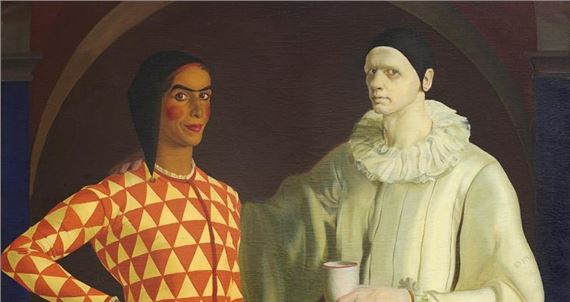
Recommended for you
This exhibition is dedicated to Russian Neoclassicism, an early 20th-century art trend that, alongside avant-garde, was influential in shaping Russian architecture, theatre, music, fashion and everyday life, as well as the figurative arts. Introducing viewers to paintings, graphic artworks and sculpture from the Russian Museum holdings, the list of exhibited artists includes Valentin Serov, Leon Bakst, Konstantin Somov, Boris Kustodiev, Zinaida Serebryakova, Kuzma Petrov-Vodkin, Alexandre Iacovleff, Vasily Shukhaev, Georgy Narbut, Sergei Chekhonin, Sergei Konyonkov, Alexander Matveyev, Ivan Fomin, Alexander Samokhvalov and other talented masters who helped mould Russian Neoclassicism’s distinctive identity.
Neoclassicism was a retrospective movement whose exponents in various parts of Europe sought to bring forth a new Grand Manner, drawing inspiration from the lofty cultural traditions of antiquity, the Renaissance and Classicism. In Russia, Neoclassicism had its heyday in the late 1900s and early 1910s. Coinciding with the pre-WWI construction boom, the new art trend was instrumental in transforming hundreds of cities, towns and mansions of the landed gentry. The synthesis of the arts once again became a popular concept. Architects active at this time could not imagine their buildings without sculpture and murals. Some of the best murals of the time were painted by Eugène Lanceray, Mstislav Dobuzhinsky, Ignaty Nivinsky, Alexandre Iacovleff, Vasily Shukhaev, Nikolai Tyrsa, Vladimir Konashevich and, in the last year of his life, Valentin Serov. Neoclassical sculpture thrived in the hands of such greats as Sergei Konyonkov and Alexander Matveyev. In St Petersburg, many early 20th century buildings are adorned with the sculptures and bas-reliefs of Vasily Kuznetsov. The Kazan Railway Station in Moscow was to be the largest specimen of pre-1917 monumental Neoclassical art. The illustrious group of Mir Iskusstva artists engaged to design its interiors included Alexander Benois, Eugène Lanceray, Mstislav Dobuzhinsky, Zinaida Serebryakova, Boris Kustodiev, Nicholas Roerich, Pavel Kuznetsov and Alexandre Iacovleff. As they set to work sketching their future paintings and murals, the painters were hopeful that the era of the Grand Style, the era of the great 18th-century monumental artists Giovanni Tiepolo and Antonio Peresinotti, was in resurgence. But the revolutionary events of 1917 and the ensuing Civil War derailed the Kazan Station interior decoration project: not one of the numerous carefully prepared designs was realized. Some works created in preparation for the station’s planned extravagant decor are in the possession of the Russian Museum and will be displayed as part of this exhibition.
Artists on show
- Aleksandr Yevgeniyevich Yakovlev
- Alexander Matveev
- Alexander Nikolaevich Samokhvalov
- Alexandre Nikolaïevitch Benois
- Boris Mikhailovich Kustodiev
- Evgeni Evgen'evich Lansere
- Georgy Ivanovich Narbut
- Ignati Ignatievitch Nivinsky
- Ivan Fomin
- Konstantin Somov
- Kuz'ma Petrov-Vodkin
- Leon Bakst
- Mstislav Dobuzhinski Valerianovič
- Nicholas Roerich
- Nikolai Andreevich Tyrsa
- Pavel Varfolomevich Kusnetsov
- Sergei Vasilevich Chekhonin
- Sergey Konyonkov
- Valentin Aleksandrovich Serov
- Vasilij Ivanovič Šuchaev
- Vladimir Konashevich
- Zinaida Yevgenyevna Serebryakova

 ARTISTS
ARTISTS







